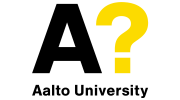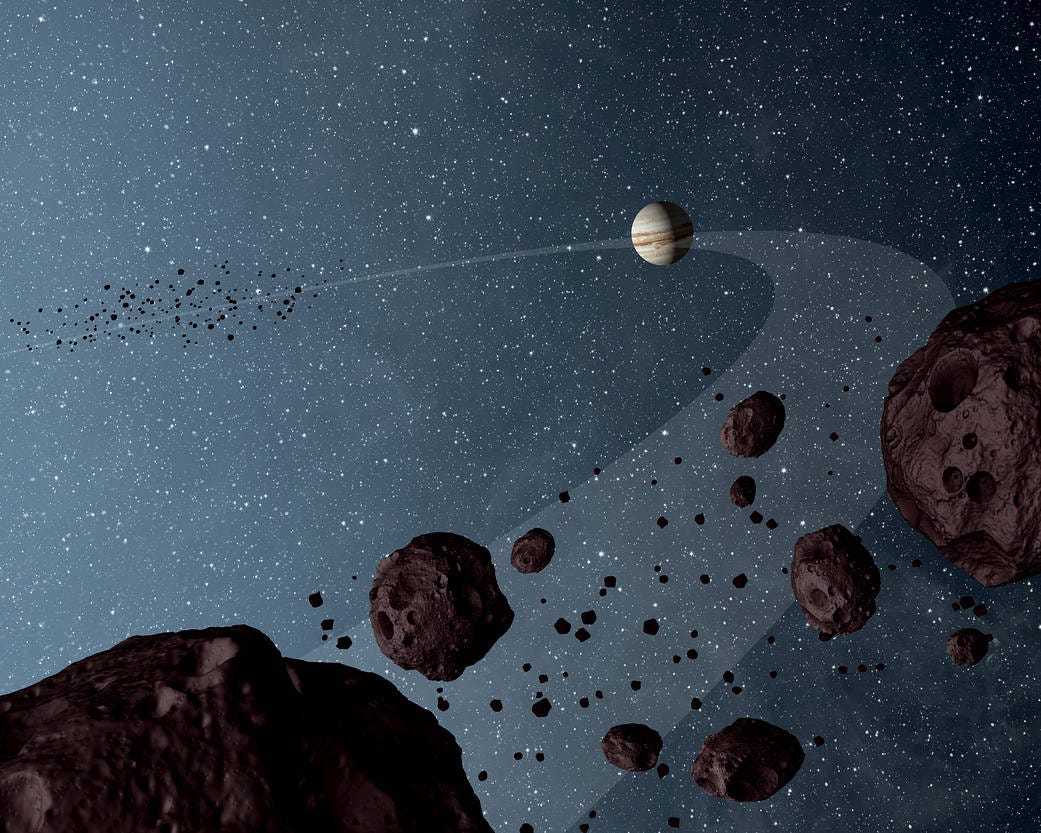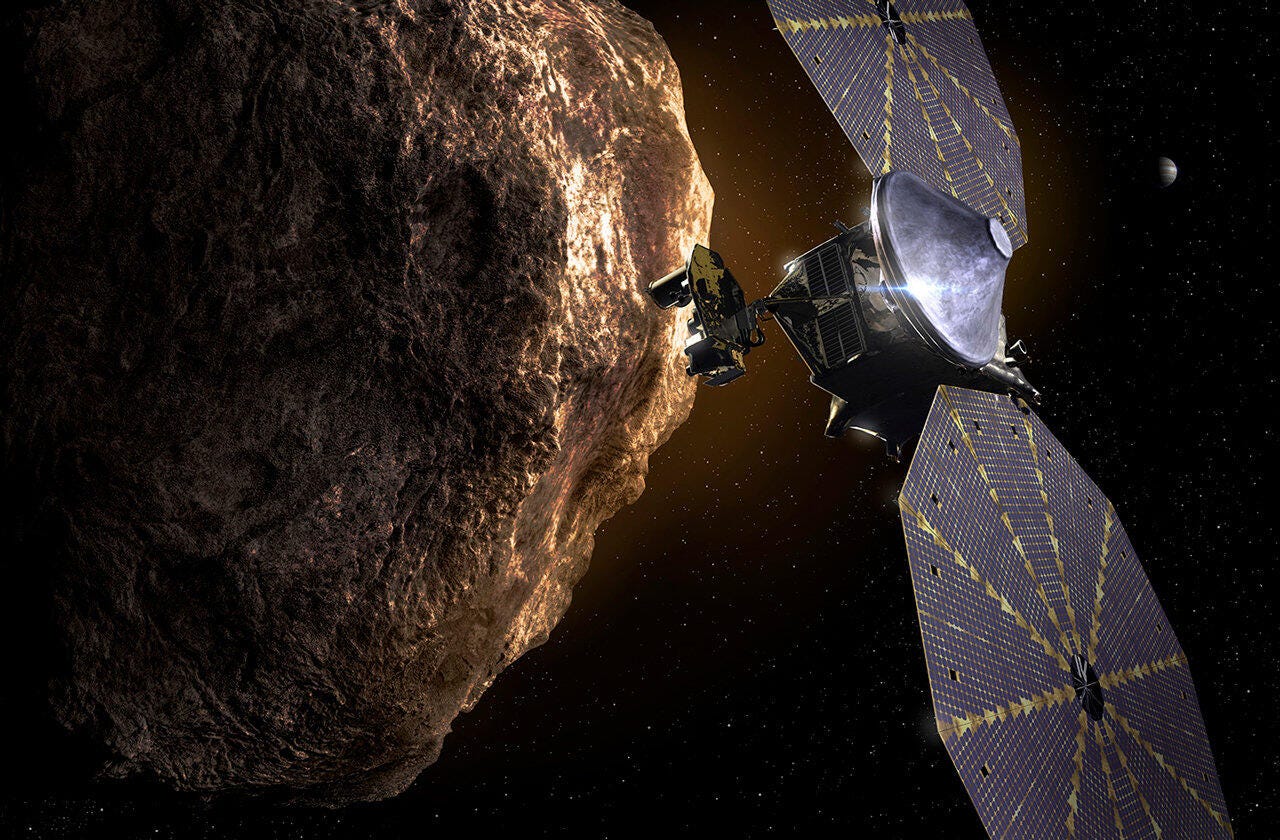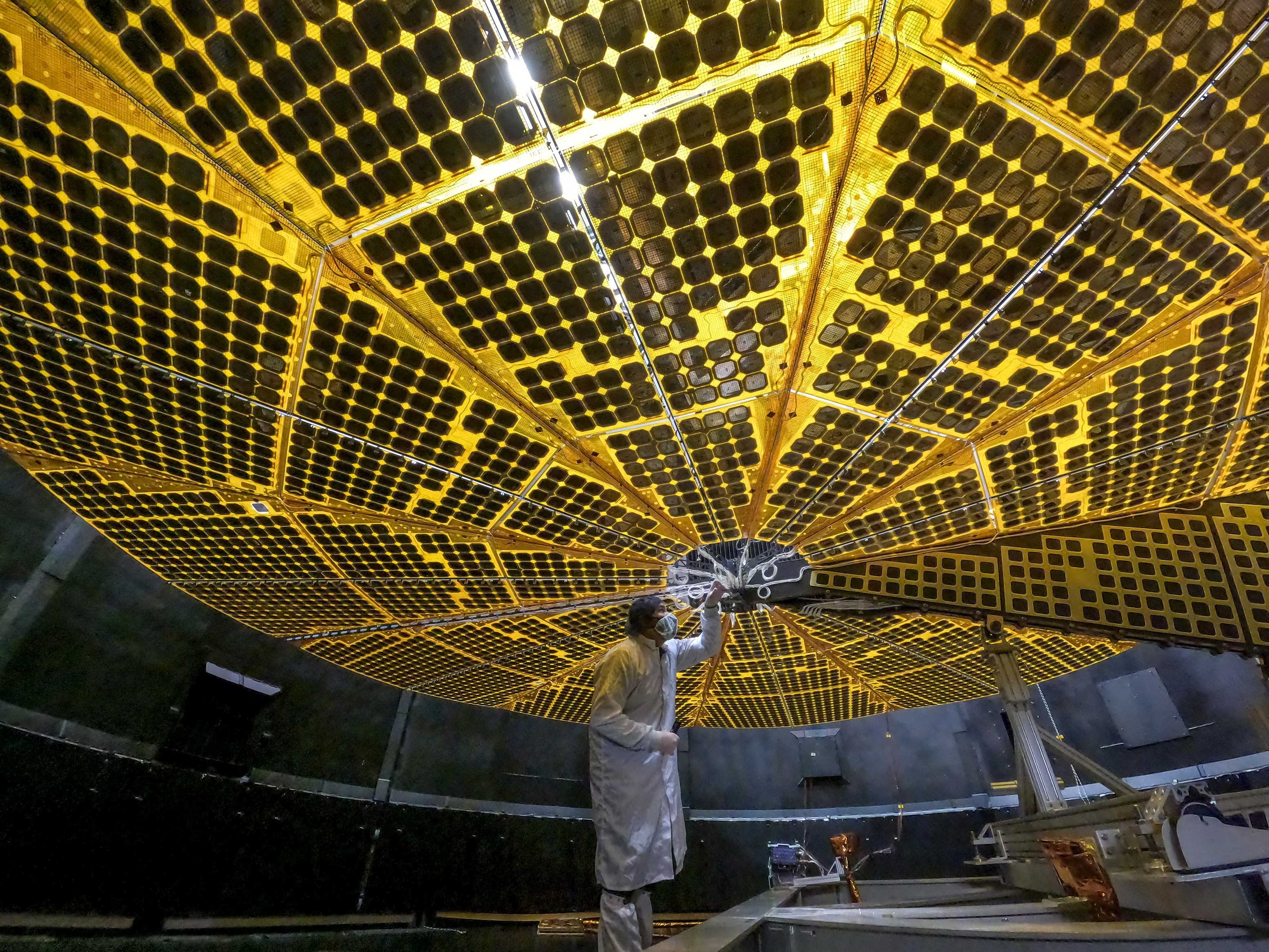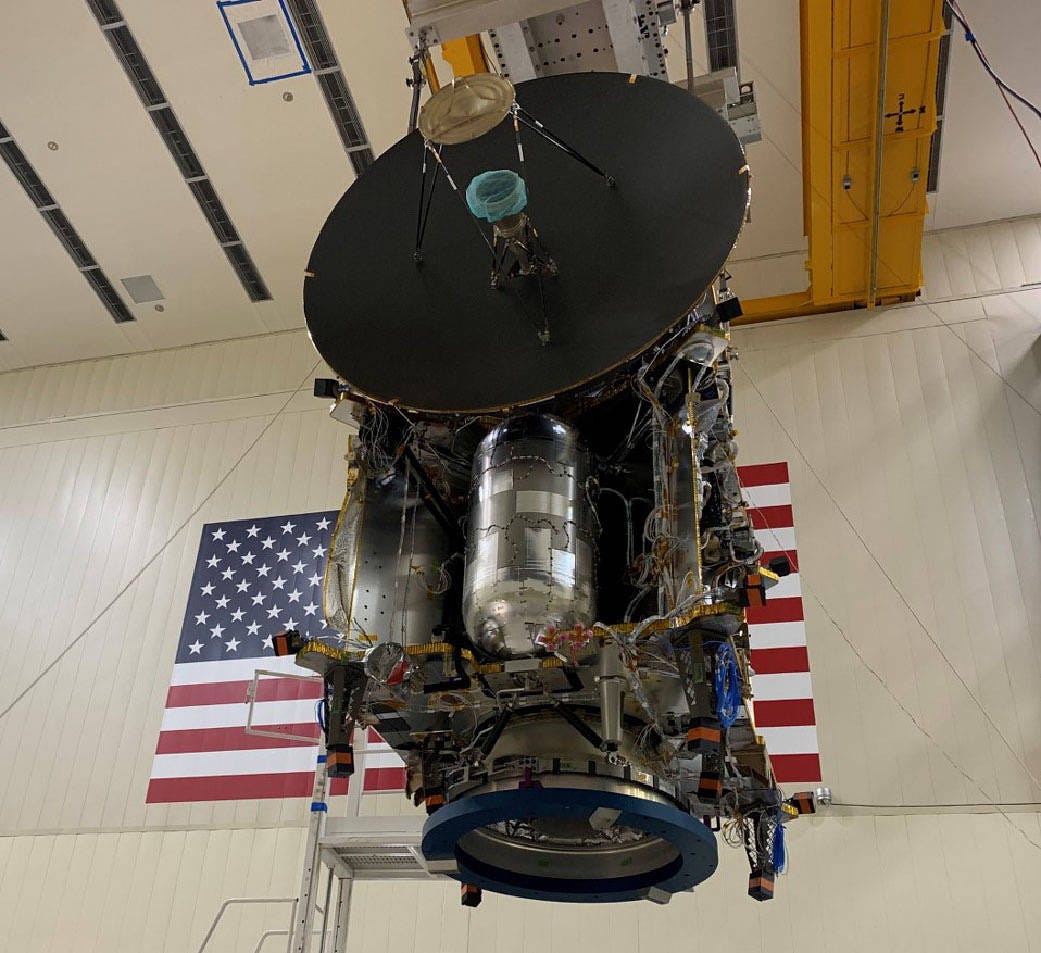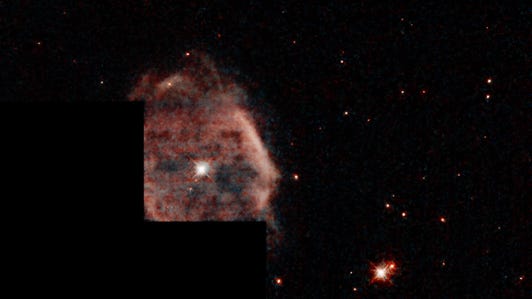Gene found in monkeys and mice could work as a new type of antiviral to block HIV, Ebola, and other deadly viruses in humans
A nationwide team of researchers, led by scientists at University of Utah Health and The Rockefeller University, has determined how a genetic mutation found in mice and monkeys interferes with viruses such as HIV and Ebola. They say the finding could eventually lead to the development of medical interventions in humans.
The gene, called retroCHMP3, encodes an altered protein that disrupts the ability of certain viruses to exit an infected cell and prevents it from going on to infect other cells.
Normally, some viruses encase themselves in cell membranes and then make an exit by budding off from the host cell. RetroCHMP3 delays that process long enough that the virus can no longer escape.
“This was an unexpected discovery,” says Nels Elde, Ph.D., senior author of the study and an evolutionary geneticist in the Department of Human Genetics at U of U Health. “We were surprised that slowing down our cell biology just a little bit throws virus replication off its game.”
The study appears online Sept. 30 in advance of the Oct. 14 issue of Cell.
RetroCHMP3 originated as a duplicated copy of a gene called charged multivesicular body protein 3, or CHMP3. While some monkeys, mice, and other animals have retroCHMP3 or other variants, humans only have the original CHMP3.
In humans and other creatures, CHMP3 is well known for playing a key part of a role in cellular processes that are vital for maintaining cellular membrane integrity, intercellular signaling, and cell division.
HIV and certain other viruses hijack this pathway to bud off from the cellular membrane and infect other cells. Based on their research, Elde and his colleagues suspected that the duplications of CHMP3 they discovered in primates and mice blocked this from happening as protection against viruses like HIV and other viral diseases.
Building on this notion, Elde and other scientists began exploring whether variants of retroCHMP3 might work as an antiviral. In laboratory experiments conducted elsewhere, a shorter, altered version of human CHMP3 successfully prevented HIV from budding off cells. But there was a glitch: the modified protein also disrupted important cellular functions, causing the cells to die.
Unlike the other researchers, Elde and his colleagues at U of U Health had naturally occurring variants of CHMP3 from other animals in hand. So, working in collaboration with researchers Sanford Simon at The Rockefeller University, along with Phuong Tieu Schmitt and Anthony Schmitt at Pennsylvania State University, they tried a different approach.
Using genetic tools, they coaxed human cells to produce the version of retroCHMP3 found in squirrel monkeys. Then, they infected the cells with HIV and found that the virus had difficulty budding off from the cells, essentially stopping them in their tracks. And this occurred without disrupting metabolic signaling or related cellular functions that can cause cell death.
“We’re excited about the work because we showed some time ago that many different enveloped viruses use this pathway, called the ESCRT pathway, to escape cells,” says Wes Sundquist, Ph.D., a co-corresponding author of the study and chair of the Department of Biochemistry at the University of Utah. “We always thought that this might be a point at which cells could defend themselves against such viruses, but we didn’t see how that could happen without interfering with other very important cellular functions.”
From an evolutionary perspective, Elde believes this represents a new type of immunity that can arise quickly to protect against short-lived threats.
“We thought the ESCRT pathway was an Achilles heel that viruses like HIV and Ebola could always exploit as they bud off and infect new cells,” Elde says. “RetroCHMP3 flipped the script, making the viruses vulnerable. Moving forward, we hope to learn from this lesson and use it to counter viral diseases.”
More specifically, that lesson “raises the possibility that an intervention that slows down the process may be inconsequential for the host, but provide us with a new anti-retroviral,” says Sanford Simon, Ph.D, a study co-author and a professor of Cellular Biophysics at The Rockefeller University.
###
In addition to Drs. Elde and Sundquist, University of Utah and University of Utah Health scientists Lara Rheinemann, Diane Miller Downhour, Gaelle Mercenne, Kristen Davenport, Christina Necessary, and John McCullough contributed to this study.
The study, “RetroCHMP3 Blocks Budding of Enveloped Viruses Without Blocking Cytokinesis,” appears in the October 14, 2021 issue of Cell. This research was supported by the National Institutes of Health, United States Department of Agriculture, the Burroughs Wellcome Fund, and a Pew Charitable Trusts Innovation Fund Award.
A nationwide team of researchers, led by scientists at University of Utah Health and The Rockefeller University, has determined how a genetic mutation found in mice and monkeys interferes with viruses such as HIV and Ebola. They say the finding could eventually lead to the development of medical interventions in humans.
The gene, called retroCHMP3, encodes an altered protein that disrupts the ability of certain viruses to exit an infected cell and prevents it from going on to infect other cells.
Normally, some viruses encase themselves in cell membranes and then make an exit by budding off from the host cell. RetroCHMP3 delays that process long enough that the virus can no longer escape.
“This was an unexpected discovery,” says Nels Elde, Ph.D., senior author of the study and an evolutionary geneticist in the Department of Human Genetics at U of U Health. “We were surprised that slowing down our cell biology just a little bit throws virus replication off its game.”
The study appears online Sept. 30 in advance of the Oct. 14 issue of Cell.
RetroCHMP3 originated as a duplicated copy of a gene called charged multivesicular body protein 3, or CHMP3. While some monkeys, mice, and other animals have retroCHMP3 or other variants, humans only have the original CHMP3.
In humans and other creatures, CHMP3 is well known for playing a key part of a role in cellular processes that are vital for maintaining cellular membrane integrity, intercellular signaling, and cell division.
HIV and certain other viruses hijack this pathway to bud off from the cellular membrane and infect other cells. Based on their research, Elde and his colleagues suspected that the duplications of CHMP3 they discovered in primates and mice blocked this from happening as protection against viruses like HIV and other viral diseases.
Building on this notion, Elde and other scientists began exploring whether variants of retroCHMP3 might work as an antiviral. In laboratory experiments conducted elsewhere, a shorter, altered version of human CHMP3 successfully prevented HIV from budding off cells. But there was a glitch: the modified protein also disrupted important cellular functions, causing the cells to die.
Unlike the other researchers, Elde and his colleagues at U of U Health had naturally occurring variants of CHMP3 from other animals in hand. So, working in collaboration with researchers Sanford Simon at The Rockefeller University, along with Phuong Tieu Schmitt and Anthony Schmitt at Pennsylvania State University, they tried a different approach.
Using genetic tools, they coaxed human cells to produce the version of retroCHMP3 found in squirrel monkeys. Then, they infected the cells with HIV and found that the virus had difficulty budding off from the cells, essentially stopping them in their tracks. And this occurred without disrupting metabolic signaling or related cellular functions that can cause cell death.
“We’re excited about the work because we showed some time ago that many different enveloped viruses use this pathway, called the ESCRT pathway, to escape cells,” says Wes Sundquist, Ph.D., a co-corresponding author of the study and chair of the Department of Biochemistry at the University of Utah. “We always thought that this might be a point at which cells could defend themselves against such viruses, but we didn’t see how that could happen without interfering with other very important cellular functions.”
From an evolutionary perspective, Elde believes this represents a new type of immunity that can arise quickly to protect against short-lived threats.
“We thought the ESCRT pathway was an Achilles heel that viruses like HIV and Ebola could always exploit as they bud off and infect new cells,” Elde says. “RetroCHMP3 flipped the script, making the viruses vulnerable. Moving forward, we hope to learn from this lesson and use it to counter viral diseases.”
More specifically, that lesson “raises the possibility that an intervention that slows down the process may be inconsequential for the host, but provide us with a new anti-retroviral,” says Sanford Simon, Ph.D, a study co-author and a professor of Cellular Biophysics at The Rockefeller University.
###
In addition to Drs. Elde and Sundquist, University of Utah and University of Utah Health scientists Lara Rheinemann, Diane Miller Downhour, Gaelle Mercenne, Kristen Davenport, Christina Necessary, and John McCullough contributed to this study.
The study, “RetroCHMP3 Blocks Budding of Enveloped Viruses Without Blocking Cytokinesis,” appears in the October 14, 2021 issue of Cell. This research was supported by the National Institutes of Health, United States Department of Agriculture, the Burroughs Wellcome Fund, and a Pew Charitable Trusts Innovation Fund Award.
JOURNAL
Cell
METHOD OF RESEARCH
Experimental study
SUBJECT OF RESEARCH
Animals
ARTICLE TITLE
RetroCHMP3 blocks budding of enveloped viruses without blocking cytokinesis
ARTICLE PUBLICATION DATE
30-Sep-2021
COI STATEMENT
None


